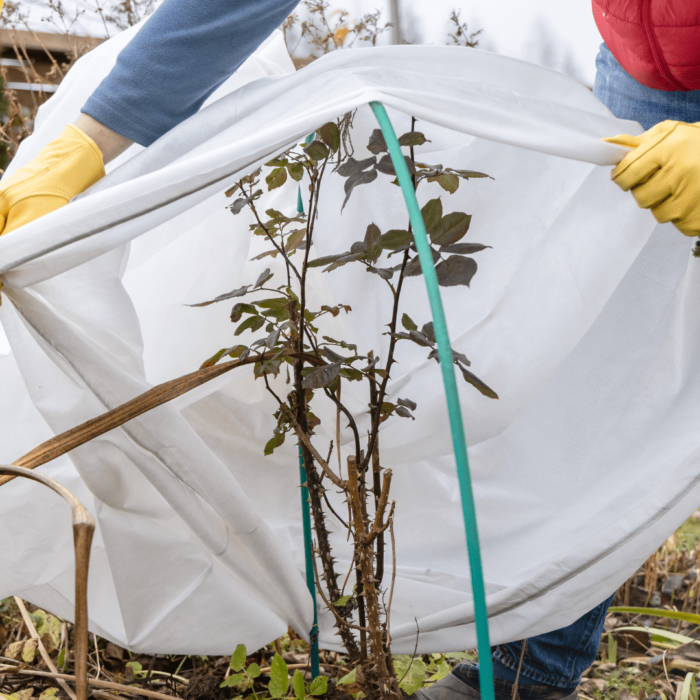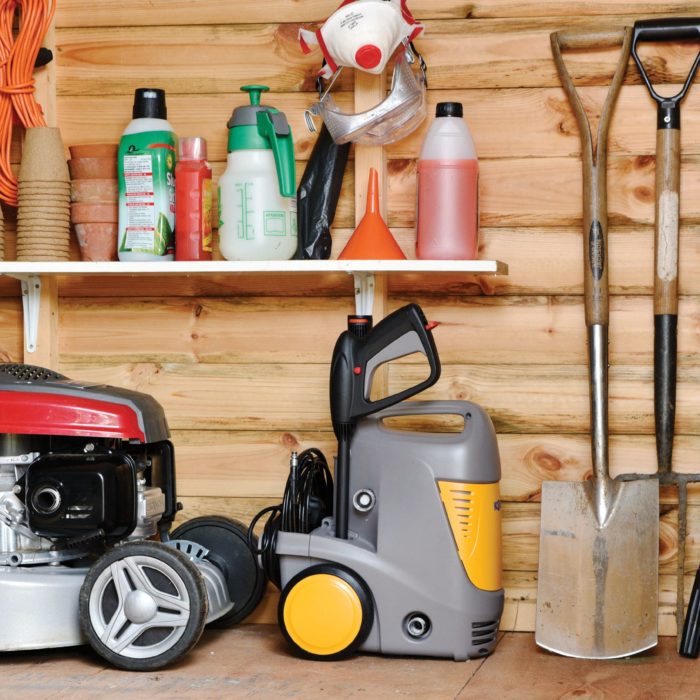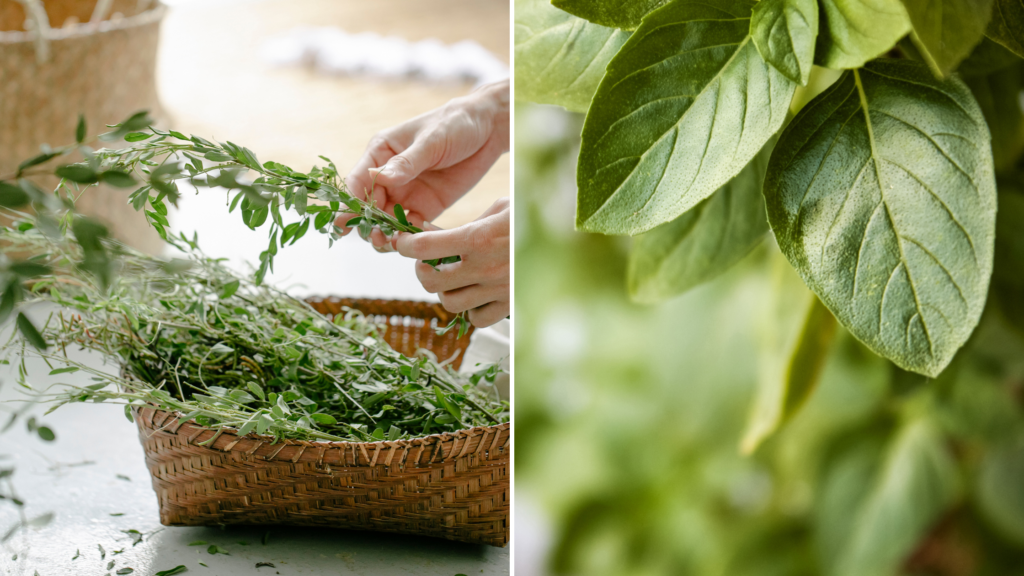Your January Gardening Tips Checklist is here! Our expert knowledge and advice will help your garden stay flourishing for the month.
Welcome to January, gardeners!
Although the beginning of the year may seem quiet, there’s actually a lot to do in the garden to prepare for a flourishing spring and summer. This month is all about planning, preparing, and giving some tender loving care to your winter garden.
Here are some seasonal tips and tasks to keep you busy during the depths of winter.

Winter Pruning
January is the perfect time to prune certain trees and shrubs. Many are dormant, making it easier to spot branches that need tidying up.
Here’s where to start:
Fruit Trees: Apple and pear trees benefit from winter pruning, which encourages healthy growth and better fruit production come autumn. Focus on removing any dead or diseased wood and any branches that cross over each other.
Deciduous Shrubs: Shrubs like wisteria, currants, and gooseberries could also do with pruning so cut back last year’s growth, keeping the plant’s shape open for air and light.
Roses: If it’s not too frosty, lightly prune rose bushes to remove any dead or damaged wood. This keeps them healthy and prevents diseases.
Prepare the Soil
It’s too early to sow seeds directly, but you can start preparing the soil by enriching it with organic matter.
Compost and Manure: Spread a layer of well-rotted manure or compost across vegetable patches and flower beds. This helps improve soil structure and replenishes nutrients washed away by winter rains.
Mulch: Apply mulch to protect tender plants from freezing temperatures. A 5 cm (2-inch) layer of bark, straw, or leaf mould around plants keeps the ground warmer and conserves moisture.
If you haven’t already, consider testing your soil pH this month to understand better what amendments it might need for the year ahead.


Order Seeds and Plan Ahead
January is ideal for planning your garden’s layout for the year. With spring around the corner, now’s the time to order seeds, bulbs, and any new plants you’re excited to try.
Seed Inventory: Take stock of the seeds you have left from last season. Check for any that have expired and make a list of new seeds to buy.
Plan Your Plot: Sketch out your garden’s layout. Think about crop rotation if you’re growing vegetables to keep soil nutrients balanced and reduce disease build-up.
Start Indoor Sowing: If you’re eager to get started, sow some early crops like chillies, aubergines, and tomatoes indoors. A warm windowsill or a heated propagator can give these slow-growing plants a head start.
Encourage Winter Wildlife
Wildlife needs help during the coldest months, and a wildlife-friendly garden can benefit both your plants and local wildlife.
Bird Feeders and Baths: Food sources are scarce in winter, so keep bird feeders filled with high-energy options like sunflower hearts and fat balls. Make sure to regularly clean bird feeders to prevent disease spread.
Create Shelter: Leave an area of your garden slightly ‘untidy’ with piles of logs, stones, or leaves for shelter. This provides a safe haven for hibernating creatures like hedgehogs and toads, who help control pests in warmer months.
Water for Wildlife: If you have a pond, prevent it from freezing over completely by floating a tennis ball or other small object on the surface. This ensures that amphibians and fish still have access to air.
By fostering a winter habitat, you’re encouraging natural pest control and boosting biodiversity in your garden.


Check on Containers and Protect Delicate Plants
Potted plants are more vulnerable to temperature fluctuations, and the beginning of the year can be particularly challenging for them.
Insulate Containers: Move containers closer to a wall, which can offer some warmth and shelter. You can also wrap pots in hessian, bubble wrap, or fleece to protect roots from freezing.
Protect Delicate Plants: If you have plants like bay trees or tender herbs, cover them with fleece or bring them indoors during very cold spells. Also, check any plant fleece covers you set up earlier to ensure they’re secure and haven’t been damaged by wind or rain.
Clean, Sharpen, and Organise Tools
A quieter month in the garden means it’s a great time to care for your tools. Clean, sharpen, and oil them to extend their lifespan and make gardening tasks more efficient.
Clean Blades and Handles: Remove any soil and rust from tools with a wire brush, and clean wooden handles with warm, soapy water.
Sharpen Blades: Sharpen secateurs, shears, and loppers to make pruning easier. You’ll get cleaner cuts, which helps plants heal faster.
Organise Your Shed: Sort out your garden supplies, and maybe add some new labelling or shelving to make things easier to find when the garden season kicks in.


Look After Indoor Plants
Indoor plants might not be as hardy as those outside, but they still need care during winter’s shorter days and lower light levels.
Reduce Watering: Most indoor plants go into a semi-dormant state in winter, so they don’t need as much water. Water only when the top layer of soil feels dry, and always use room-temperature water.
Check for Pests: Central heating creates ideal conditions for pests like spider mites and aphids. Regularly inspect leaves and treat any infestations immediately.
Increase Humidity: Indoor heating can dry the air, so consider misting plants or placing them near a tray of pebbles filled with water to increase humidity levels.
Though January may be chilly and seen as a quiet period for gardening, the tasks you accomplish now can make all the difference for a vibrant, healthy garden in the spring.
Pruning, planning, preparing, and protecting—these winter chores will pay off when the warmer weather returns. So, grab a cosy hat, wrap up warm, and get stuck in.
We hope you enjoyed reading about the top gardening tasks for January. Please share your plans for this month in the comments below!


































